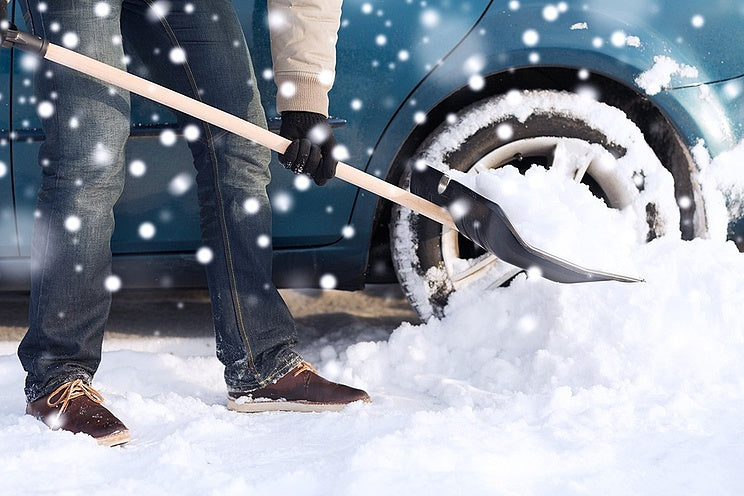
Have you ever heard the adage, "Spend a little now to save a lot later?” Using entrance mats both inside and outside of your home is a great example of this advice in action.
Entrance mats keep dirt, snow, and salt from getting tracked through your home. With entrance mats, your interior flooring will be protected from the fading, scratching, and wear-and-tear caused by these damaging winter elements, and you will be spending less time keeping your floors and carpets clean.
In addition, entrance mats reduce the hazard of serious slip-and-fall accidents caused when snow and ice melt, then puddle, near entry areas. And mats keep pathogens that grow in the melt-off from entering your home.
Winter is messy, there's no denying it. But using entrance mats can help save you money and time, as well as give you peace of mind.
A basic entrance-mat strategy for your home
There are many different entrance-mat styles to choose from, and each type of mat serves a different purpose.
You should have at least one mat at each outside entrance to your home. At the main entrance, put down a three-layer entry-mat defense system:
-
Layer 1: A tough hard plastic or "bristly" mat, with thick grooves or ridges, laid just outside the door. This "scraper" style mat will allow for the quick removal of the largest pieces of dirt, ice, salt and snow.
-
Layer 2: Just inside the doorway, lay down a medium-textured mat to remove and trap smaller dirt particles. A rubber, ridged entrance mat or a deep-pile carpet-type mat would work well here.
-
Layer 3: Just after (or even overlapping with) Layer 2, lay down a "wiper" mat with short, absorbent, fibers. This mat will catch the finest dust particles and dry off the bottoms of footwear.
Entrance-mat tips for your home:
Here are some extra tips, beyond the basic strategy outline above, to use in connection with your home entrance mats:
- Use "hybrid" type mats, which combine features of scraper- and wiper-type mats, at entry points that are only used often enough to merit a single mat. This saves you money and also space
- Never leave a gap between the door and a mat. Gaps are where dirt and debris hide
- Clean your mats throughout the winter. Sweep or vacuum them every day or two, and wash (or hose) them at least once a week
- Select interior mats based on absorption ability. Interior mats need to hold a lot of moisture. Some mats can hold as much as a gallon of water. It's far better to have a mat with more absorption capability than one with less
- Look for mats that grip the floor. You don't want entrance mats that slip and slide. Rubber or other high-grip material will keep mats from moving out of place and becoming tripping hazards
- Look for recycled mats. We all need to do our part for the environment. Many high-quality and affordable entrance mats are made from recycled polyester, plastics, or rubber
- If the entrance of your home is prone to snow and ice buildup, choose a snow-melting entrance mat. These mats are made of two pieces of slip-resistant rubber with an electric heating element sandwiched between them. Not only do these electric mats help keep your family and visitors safer, but they drastically reduce the amount of dirt, debris, water and salt that get tracked indoors by shoes or boots
Using the right type and arrangement of entrance mats, and taking proper care of them, will keep your home cleaner and safer during the winter.


